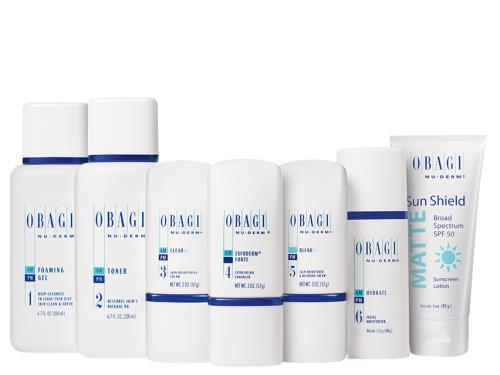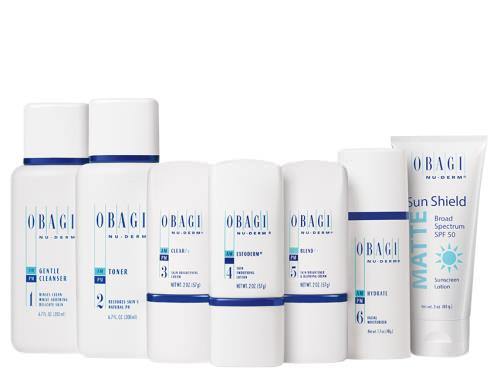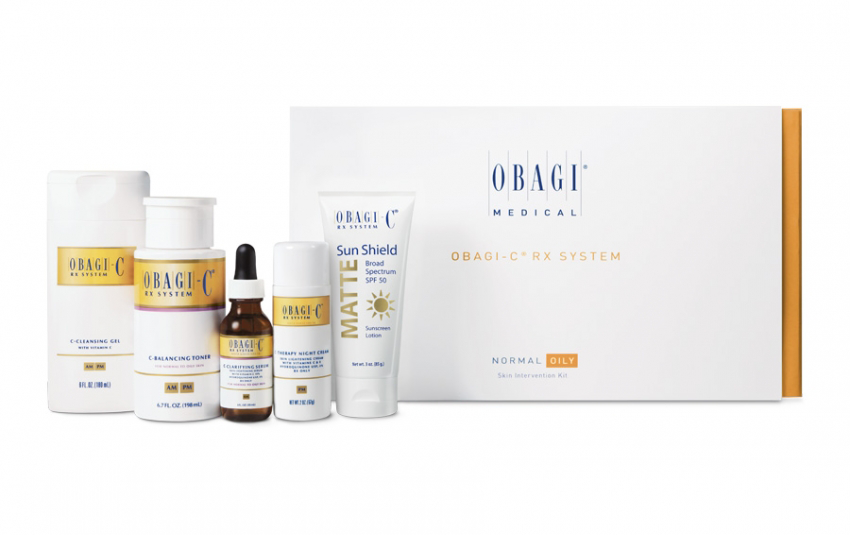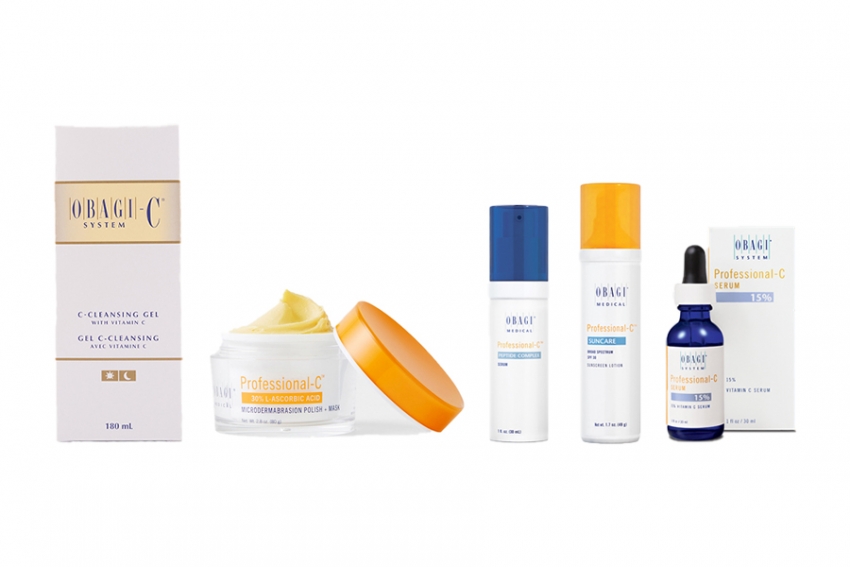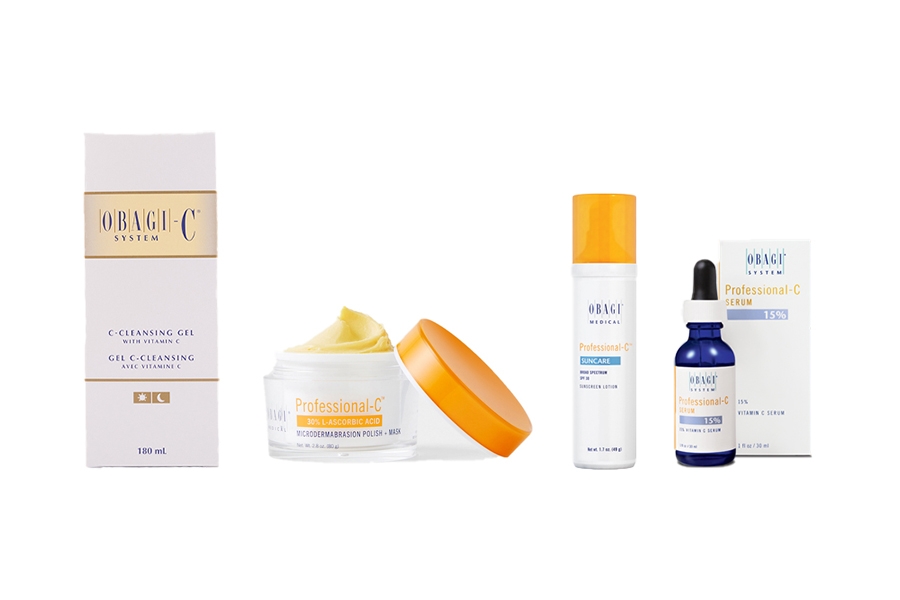Pigmentation is one of the most common reasons that patients seek help from aesthetic practitioners. Skin cells within the epidermis known as melanocytes produce melanin (pigmentation) which gives us the colour of our skin, it is also the way that your body protects itself from external damage, such as ultraviolet rays (UV).
Melanin is created in the melanocyte cells when Tyrosinase (enzyme) converts Tyrosine (amino acid) into Dopa III. This process develops further when melanin moves to the keratinocyte cells within the epidermis. Pigmentation is classified as a passive or inflammatory condition and is distinguished by the cause of pigmentation. Passive pigmentation is a result of hormonal fluctuations, usually found in the deeper layers of the skin it can also be more difficult to treat.
Inflammatory pigmentation however is due to external influences, usually more superficial within the skins epidermis and is usually easier to treat. Pigmentations vary in type, depth of colour, size and position within the skin, therefore a detailed consultation is required to physically assess your skin and consider any medical and lifestyle factors.
The consultation should include an examination with a skin analysis machine to identify if the pigmentation is passive, inflammatory or a combination of both and take into account lifestyle habits, such as sun exposure, medications and the healing process.



